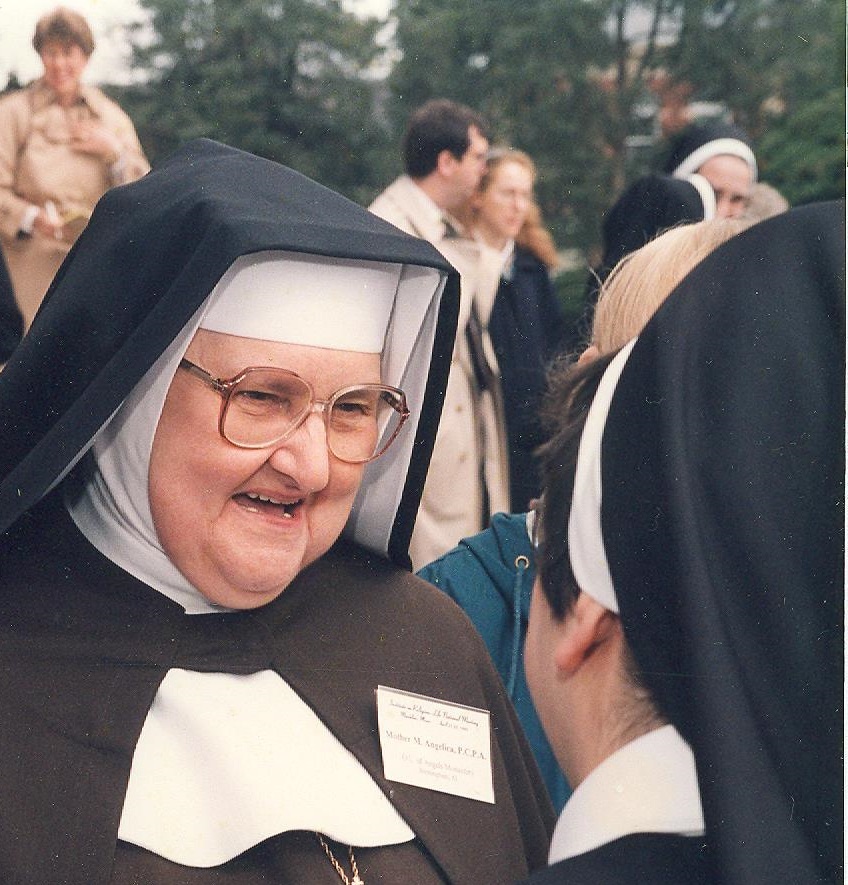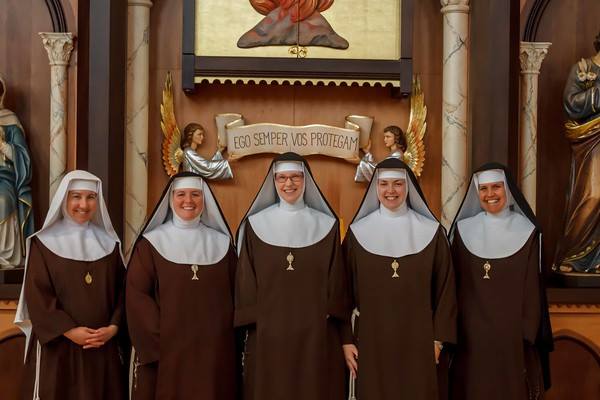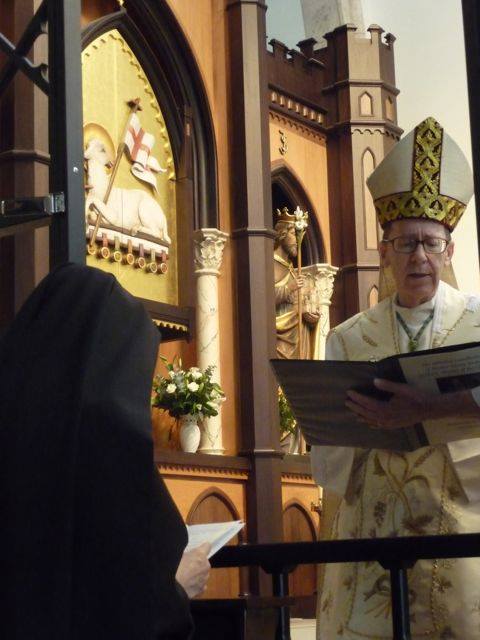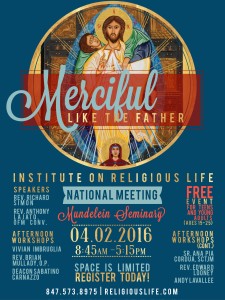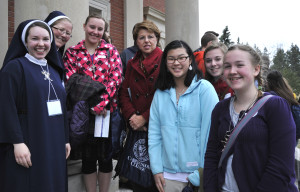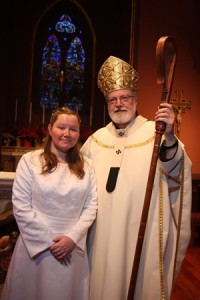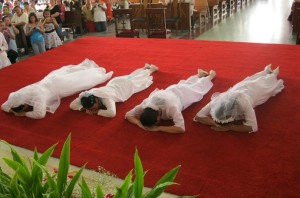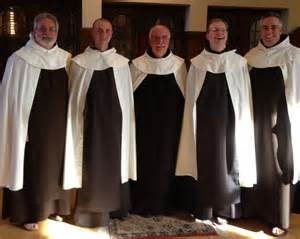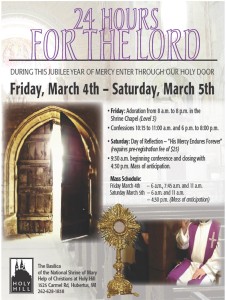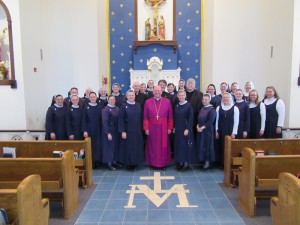 The Holy Father’s prayer intentions for the month of January as well as reflections by Fr. James Kubicki, S.J., National Director of the Apostleship of Prayer.
The Holy Father’s prayer intentions for the month of January as well as reflections by Fr. James Kubicki, S.J., National Director of the Apostleship of Prayer.
Families in Difficulty.That families in need may receive the necessary support and that children may grow up in healthy and peaceful environments.
Last fall the Synod of Bishops met to discuss some difficult issues surrounding family life and marriage.
In his opening remarks to the Synod, Pope Francis said: “The Church is called to carry out her mission in truth, which is not changed by passing fads or popular opinions.” Then, quoting Pope Benedict XVI, he said: “Without truth, charity degenerates into sentimentality. Love becomes an empty shell, to be filled in an arbitrary way. In a culture without truth, this is the fatal risk facing love”.
At the same time, he said, the Church is a loving “mother–conscious of her duty to seek out and care for hurting couples with the balm of acceptance and mercy; to be a ‘field hospital’ with doors wide open to whoever knocks in search of help and support; even more, to reach out to others with true love, to walk with our fellow men and women who suffer, to include them and guide them to the wellspring of salvation.”
The Church, he said, “teaches and defends fundamental values, while not forgetting that Jesus said: ‘Those who are well have no need of a physician, but those who are sick; I came not to call the righteous, but sinners’ (Mark 2:17).”
Lent and Holy Week during this Jubilee Year of Mercy present a good opportunity for us to practice mercy toward families and children. Let us begin to do so with our prayerful support for all families experiencing difficulties.
EVANGELIZATION INTENTION
Persecuted Christians. That those Christians who, on account of their faith, are discriminated against or are being persecuted, may remain strong and faithful to the Gospel, thanks to the incessant prayer of the Church.
Jesus predicted that his followers would be persecuted. Thus it should come as no surprise that Christians are being discriminated against, threatened, forced to flee, and killed in various parts of the world today.
The reasons behind this persecution are many. In some cases it is not a matter of religious differences but tribal, economic, and class differences. Sometimes persecution arises out of the fear of something new and different from the traditional religion of one’s ancestors. Sometimes being a Christian is seen as being unpatriotic.
Whatever the reasons, the fact is in the past year more Christians have been killed for their faith than followers of any other religion. According to Aid to the Church in Need, “Christianity is on course for extinction in many of its biblical heartlands within a generation, if not before.”
Last Easter, Pope Francis called for “intense prayer and tangible help in the defense and protection of our brothers and sisters, who are being persecuted, exiled, killed, decapitated for the sole reason that they are Christian. They are our martyrs of today, and they are so many, we could say that they are more numerous than in the early centuries.”
Our prayers have power to strengthen our persecuted brothers and sisters, that they may remain faithful to Christ. Let us pray with Easter faith, the faith that the suffering and death of Good Friday leads to the new life of Easter. May our faith unite with the faith of the persecuted and testify to the glory of God before the whole world.
Like this:
Like Loading...
